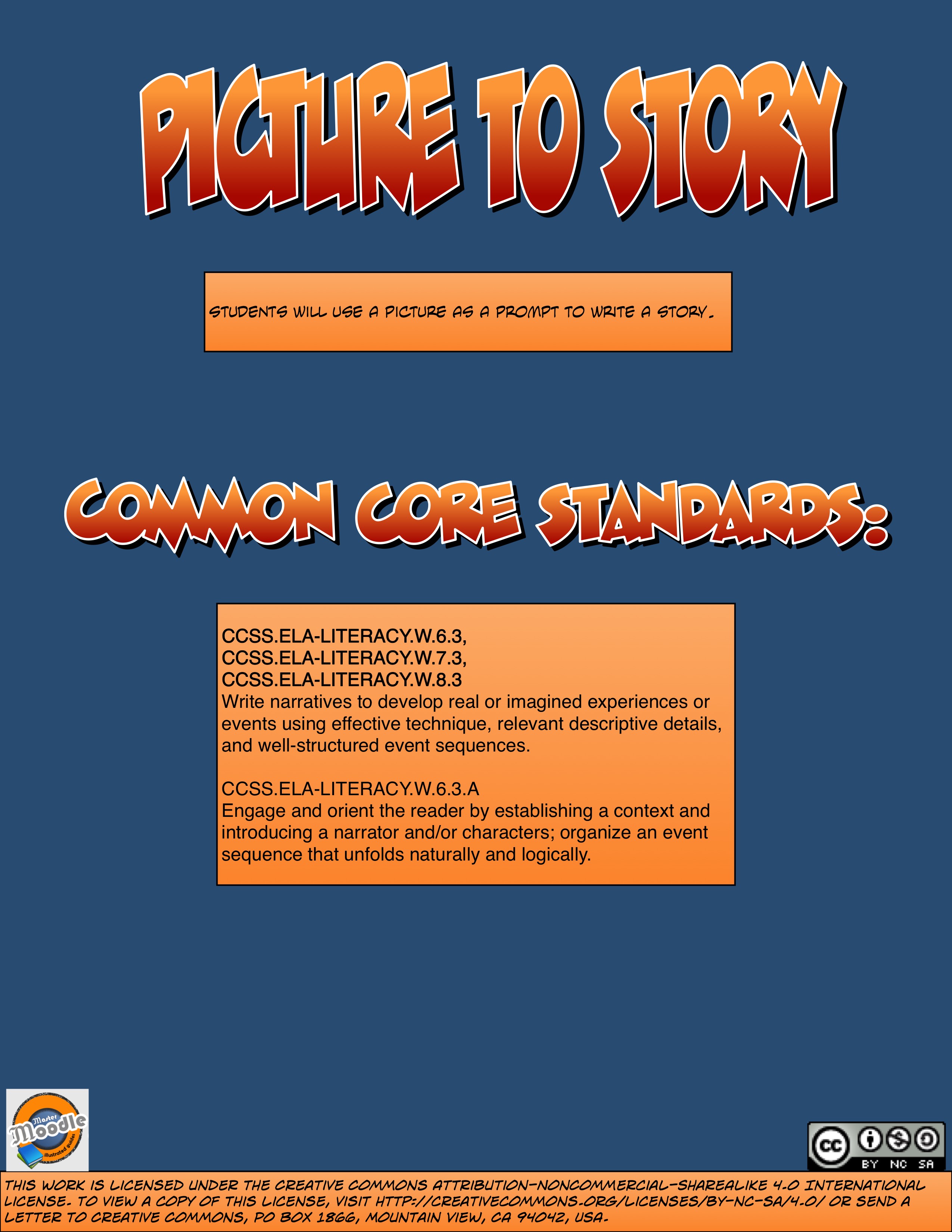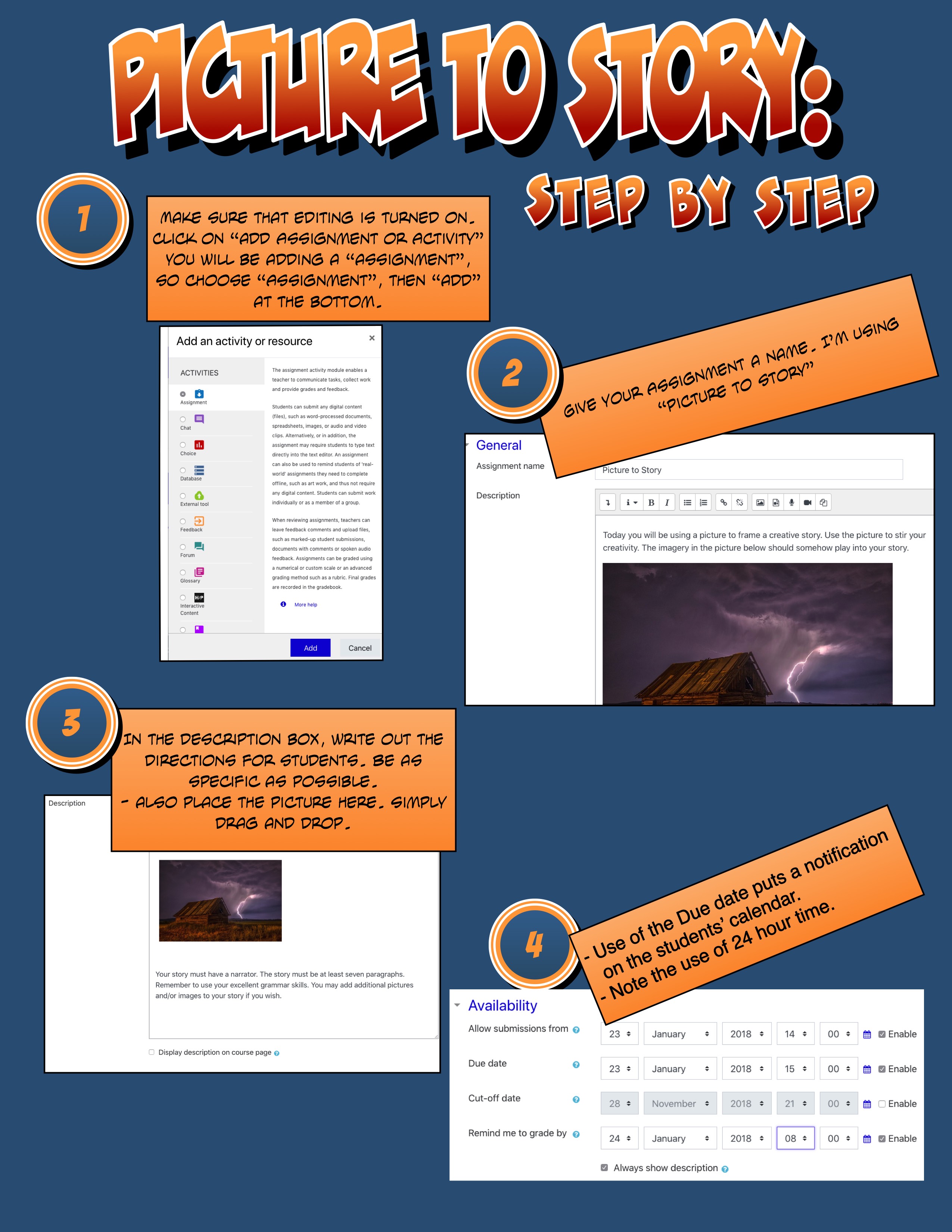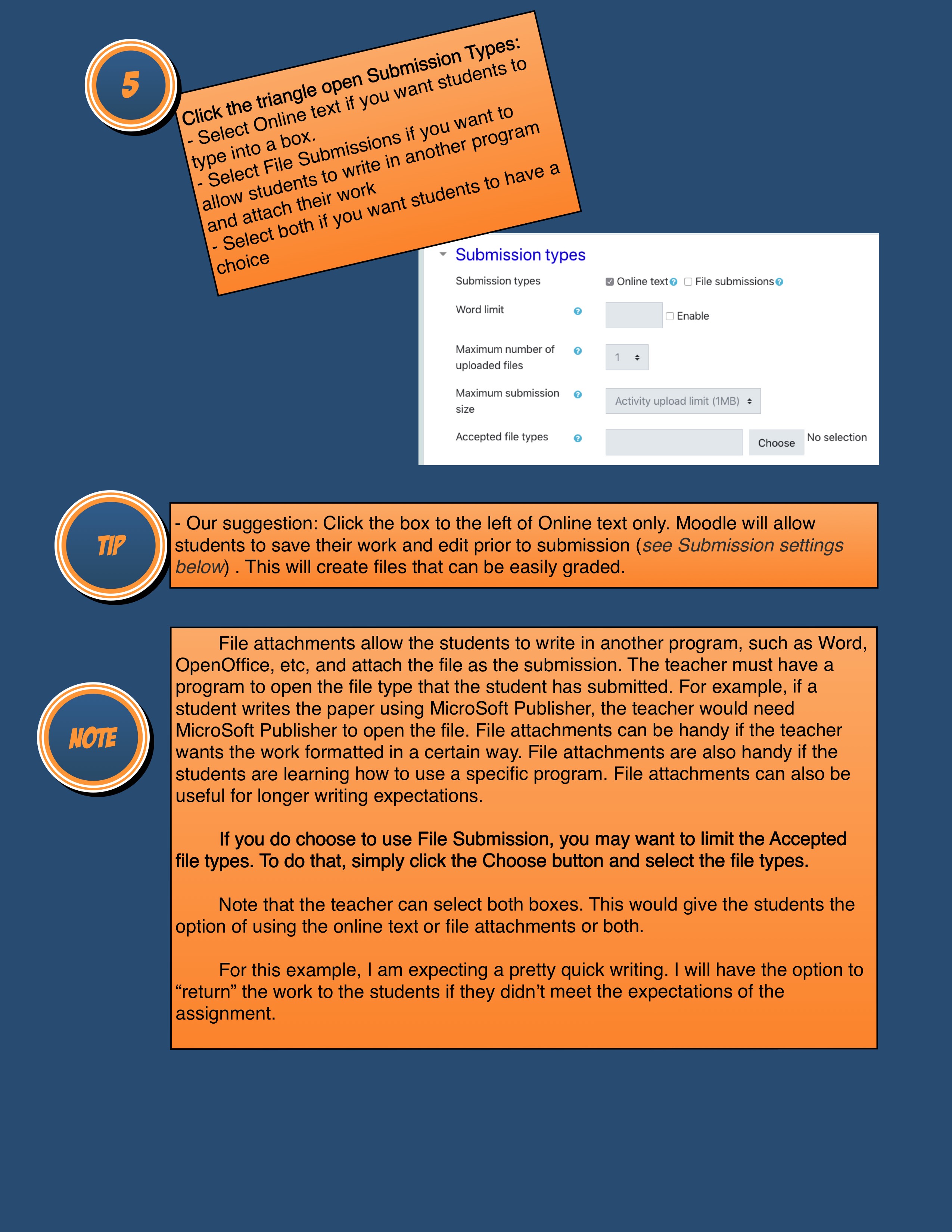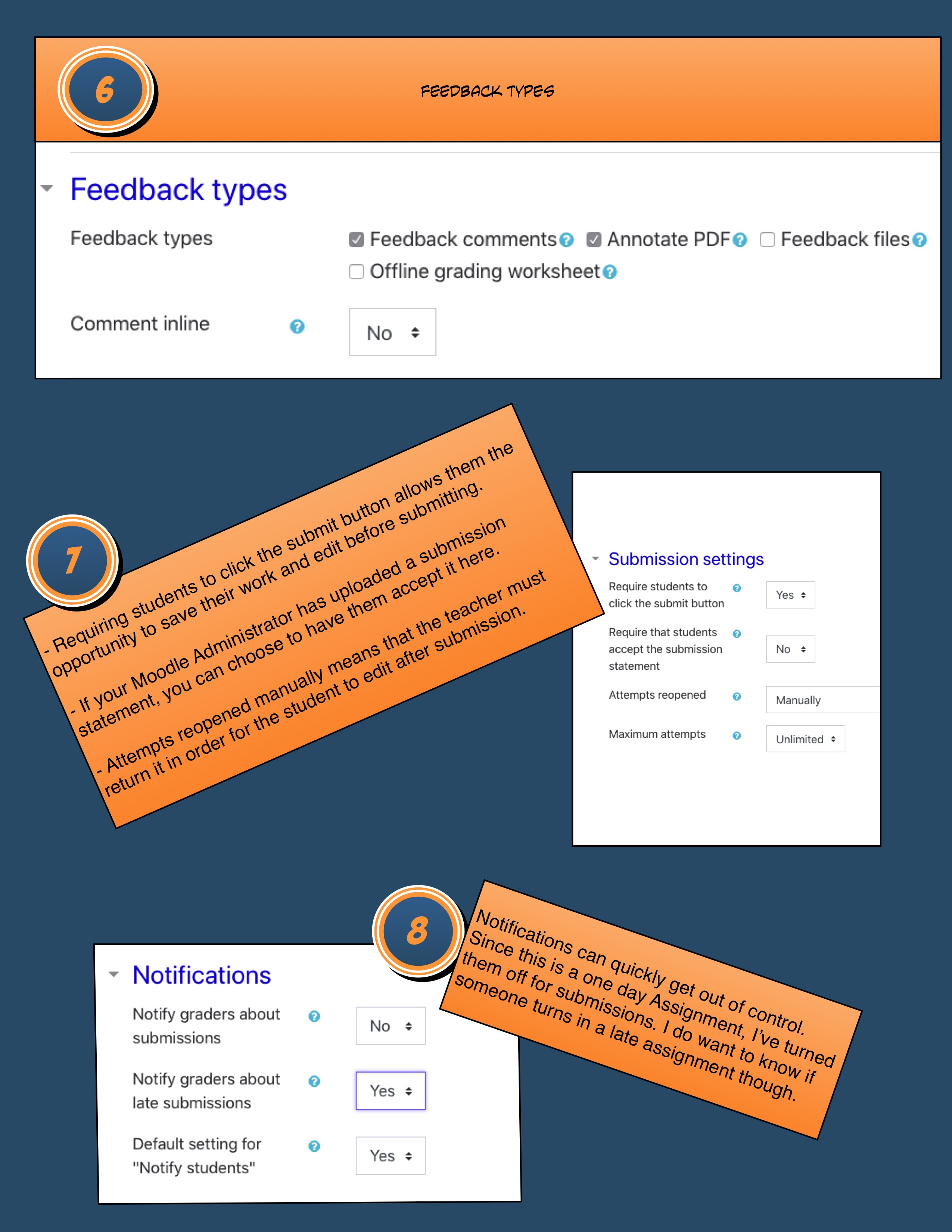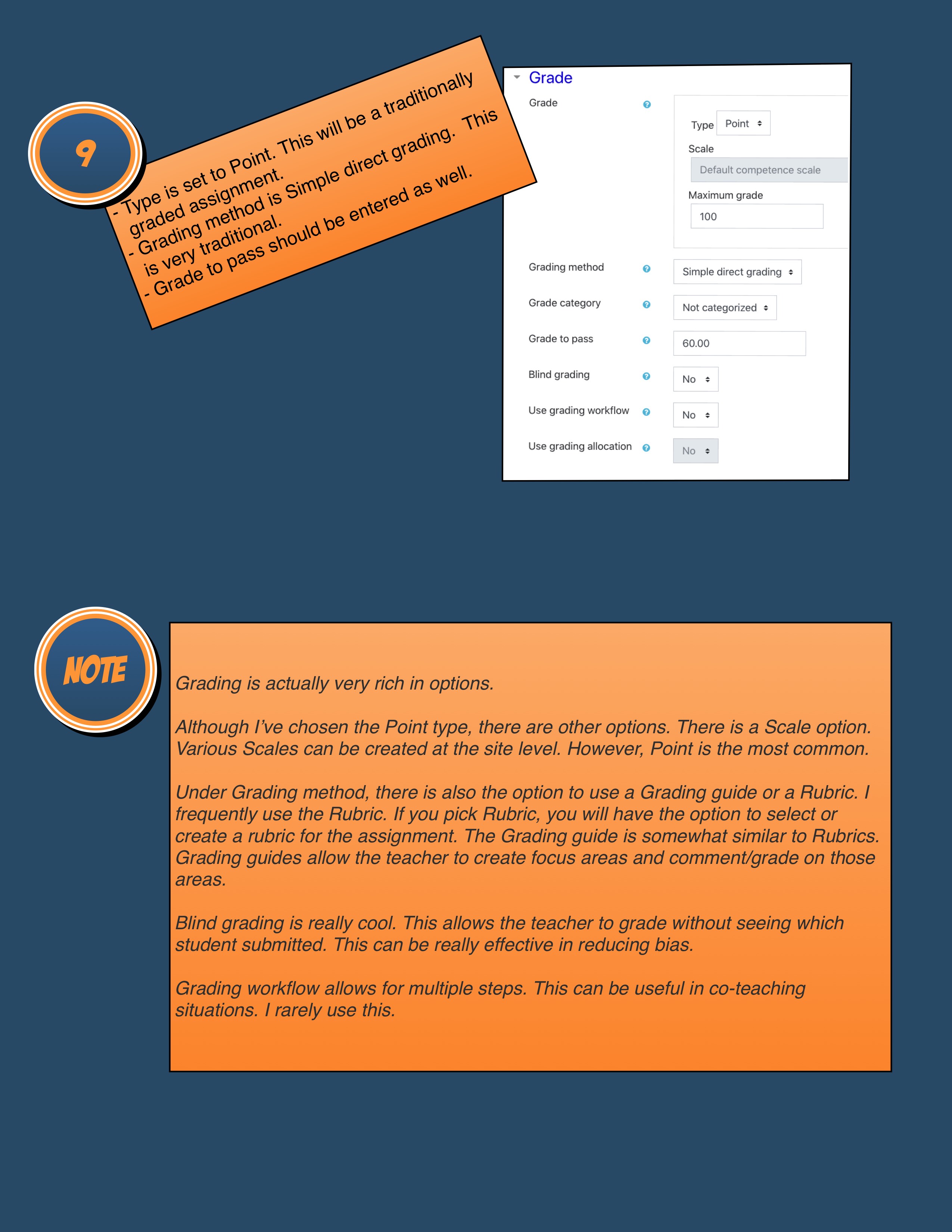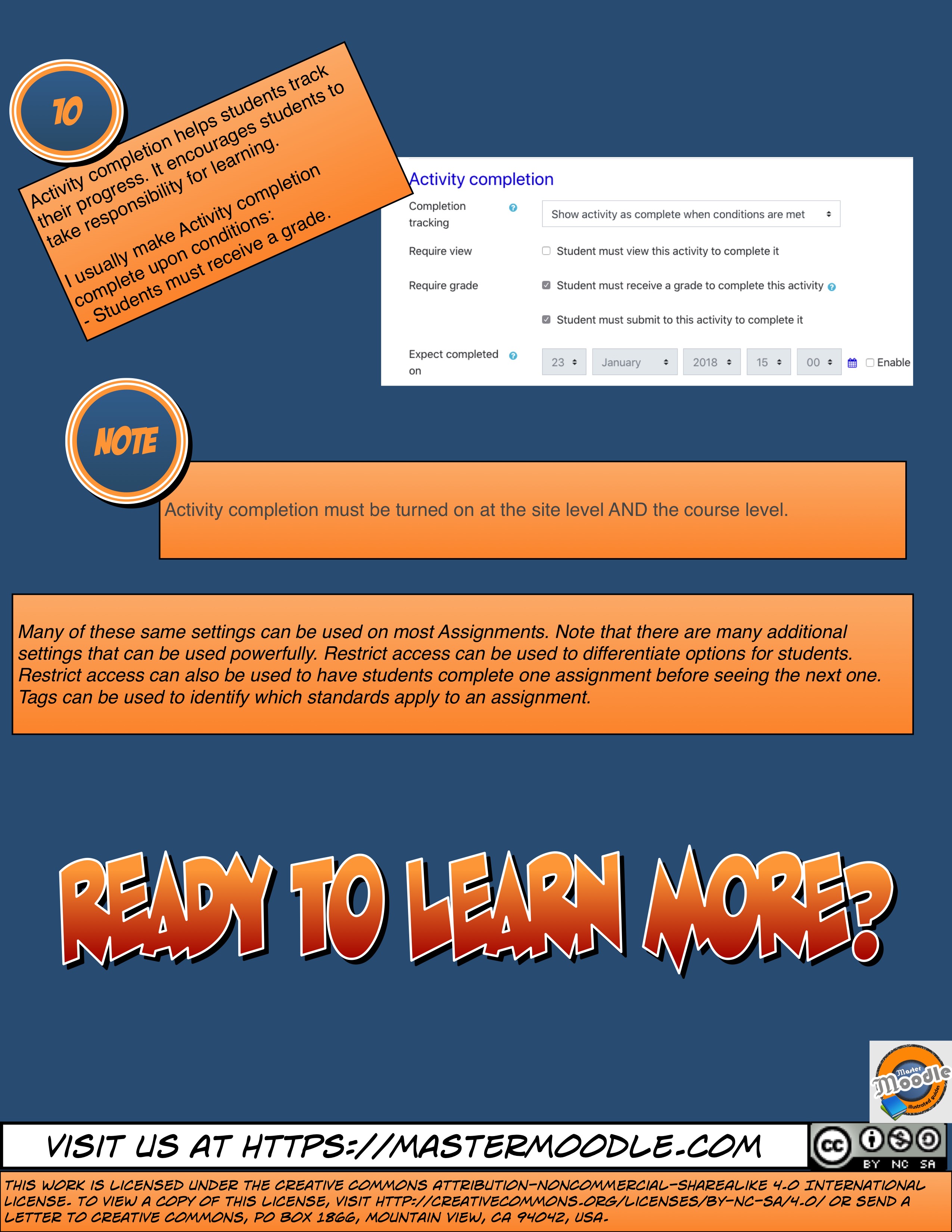Everyone wants something for free. But what really is free? In terms of web sites, information and more on the internet, free seems to be the standard. Like the old adage, there is no free lunch, things are really aren’t free on the internet. There are costs to host and produce web sites.
Let’s take a look at how this impacts us as educators. Here is a look at Free vs Free vs Paid.
Free (We’ll make money somehow)
The first free is sites or applications which look like they are completely free. These are usually supported by ads, a Freemium model or a “future revenue model”. Let’s take a look at each of these:
Ad Supported
Here, ads are sold to pay the bills. This is generally pretty straight forward. This somewhat follows the old TV model. For decades, TV was free because the producers and deliverers of TV sold advertising space. Your half hour show was actually about 22 minutes of content and 8 minutes of advertising. Advertising was an effective way to create desire and thus sales.
However, please note that advertising has changed. With the internet, tracking and coordination of information is possible. Thus, advertisers may get more information than we understand and expect. Facebook is the poster child for how this information can be used. There is a lot of discussion around information security. This can be a complex subject. Certainly though, we know that information is being used to ever more effectively to manipulate us (similar to how advertisers have always done).
Freemium
Here, free sites are supported by those willing to pay for extra features. These extra features can come in a wide range of products. One general example of freemium products tend to be casual games. These can generally be played for free, but there are real advantages to paying to “level up” or purchase in game clothing.
How about an educational example? Edmodo followed a freemium model for a while (more about that in a minute). Edmodo was (and is) free to use. They decided to “skip the bureaucracy” and market directly to teachers (this is a pretty common marketing tactic). Their hope was that the teachers would then pressure the districts to pay to adopt the platform. That didn’t work out so well, so they also implemented a marketplace. The Marketplace offered additional features and professional development at a cost. One of those products was “Snapshot”. This promised district level administrators a “real time” look into how Edmodo was being used. They also offered individual teachers a variety of tools that could be purchased for roughly $10 per year per class.
However, neither of those methods seemed to have worked out. Thus, Edmodo took the next popular option: selling themselves. Currently, Edmodo is owned by the Chinese gaming company NetDragon. (Hm, why would a Chinese gaming company want a Learning Management System focused on the K – 12 marketplace? Could it be that they have an interest in the demographics and data about those users?).
Future Revenue
Finally, many companies want to develop a really large user base. Once they have that large user base, they will “figure out” how to monetize those users. This is largely the model that Twitter followed. Some of these will end up turning to Ad base revenue, some will sell out (literally).
Class Dojo is an interesting example here. Class Dojo is owned by a private company (Class Twist). Thus, their financials are not publicly available. However, there are estimates available. Estimates are revenue of $880,000 per year. Their last funding round was for $21 million dollars. At some point, those investors will expect to get more money than they invested. Class Dojo has recently announced that they will sell the service to parents to be used at home. (*Personally, I’m doubtful that this will produce enough revenue to support the company). Parent payment certainly hasn’t worked out for another K-12 darling: Remind. Remind has struggled to hit upon a revenue model that will pay the bills and return the investment from investors. Remind tried “Activities” which provided permission slip services and payments with a cut of every transaction going to Remind. They are now on their second method of monetization: premium services. Remind is leveraging their popularity with teachers to entice districts to pay for premium services. This is a familiar script. Provide a free version to teachers. Get lots teachers using the service. Then start charging districts for the service. (After all, there will be popular support for the districts to pay for the service.)
Free (Open Source or OER)
Open Source
Another “free” option is open source. In one sense, open source truly is free. But, it’s free as in “free like a puppy”. There will be costs associated with open source. Generally, one needs to host the software. Hosting can be done through paying for hosting space or equipment. There is also a cost in knowledge and knowing how to update the software.
Open source has many advantages. The software won’t “go away”. Once it is open source, it is available for others to develop or adapt. There is no on going costs for the actual software. There is the ability to change, modify or extend the software to meet your specific needs. Frequently, there is a community that develops and shares plug-ins, themes, features, etc. That community can be very helpful and passionate. You have the ability to own your data. Don’t underestimate the power of a passionate community. Open source also means that data portability is an option. If you want to move to another system, you can.
There is the possibility that it will stop being developed AND that no one else will continue developing the product.
Moodle is a great example of open source software. Any educator (or institution) can download and use Moodle. Moodle also has a revenue model. They recognize that not every district wants to run their own Moodle server. So Moodle partners with primary providers and receives a percentage of their revenue. That is some companies provide the servers and support to run Moodle and charge districts for that service. Moodle also has a particularly passionate community that extends Moodle even further. Moodle has been around for almost two decades now. The future of Moodle looks very bright as well.
OER
A quick word about OER (Open Educational Resources). These are generally resources (right there in the name) as opposed to services. OER frequently comes from teachers and artists creating resources for their own use. OER can also come from the Public Domain. OER can also come from individuals being paid to produce the work for another purpose and shared.
Paid
This one is the most straight forward. You pay a price and receive a product. Paid products mean that as long as you pay, you have access. This is a very traditional model and easy to understand. One thing to be aware of though is “introductory pricing”. With “introductory pricing”, a “low” fee is charged in order to get the customer to buy in. Once that pricing period ends, the fees generally sky rocket. This can mean the loss of data, resources and skills. Thus, sometimes, paid products can be even more costly than one realizes.
Paid products generally have really good sales team support. A good sales team will be able to highlight the advantages (and ignore the disadvantages) of their product.
There are lots of examples of paid products. Take a look at Pearson’s many, many offerings. There are lots of curriculum offerings that make sense.
Canvas as an example of “introductory pricing”. Canvas traditionally offers a three year contract at “low cost”. Once that three year period is up, the cost goes up. (The idea here is that is expensive to change once you have committed to them). Canvas has never broken even much less made a profit. Canvas makes the claim that “large losses now mean large profits later”. At one point, for every $1 in revenue, they spent .63¢ in sales and marketing.
Right Choice
Which is the right choice for educators? Any of the above. Different situations call for different solutions. In some cases, the paid version is absolutely the correct choice. Pay the price, get the service. In some cases, free (open source) is absolutely the correct choice. (I’m a believer in open source software. I truly believe that if educators would work together a bit more, this could be an even more powerful option). I’ve also written previously about being thoughtful about investing (Invest In…) Sometimes, the free (we’ll make money somehow) is the correct choice (though I worry most about this one). I worry because educators frequently fall into this one. After all, who doesn’t want free?
All of these need to be consciously decided upon. Educators need to understand the bigger picture and the WHY of choosing one over the other. We need to be sophisticated consumers.
- Manipulation of Facebook information the tip of the iceberg (http://www.arabnews.com/node/1283526)
- Things You Need to Know About Facebook and Mass Manipulation (https://hackernoon.com/things-you-need-to-know-about-facebook-and-mass-manipulation-bed5c92806f1)
- Online Manipulation: All The Ways You’re Currently Being Deceived (https://conversionxl.com/blog/online-manipulation-all-the-ways-youre-currently-being-deceived/)
- Edmodo: Using freemium to disintermediate the education procurement process (https://www.hbs.edu/openforum/openforum.hbs.org/goto/challenge/understand-digital-transformation-of-business/edmodo-using-freemium-to-disintermediate-the-education-procurement-process.html)
- Chinese Gaming Giant NetDragon Acquires Edmodo for $137 Million (https://marketbrief.edweek.org/marketplace-k-12/chinese-gaming-giant-netdragon-acquires-edmodo-137-million/#annotations:LgOCDj5IEei1OcN5w34yzQ)
- Class Twist Financials (http://www.buzzfile.com/business/Classdojo-650-646-8235)
- Remind revenue (https://digit.hbs.org/submission/remind-creating-and-monetizing-an-edtech-platform/)
- Moodle (https://moodle.org/)
- Canvas financials (https://ir.instructure.com/investors/news/news-details/2018/Instructure-Reports-Third-Quarter-2018-Financial-Results/)

